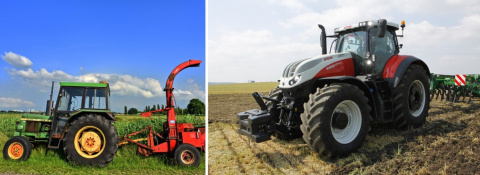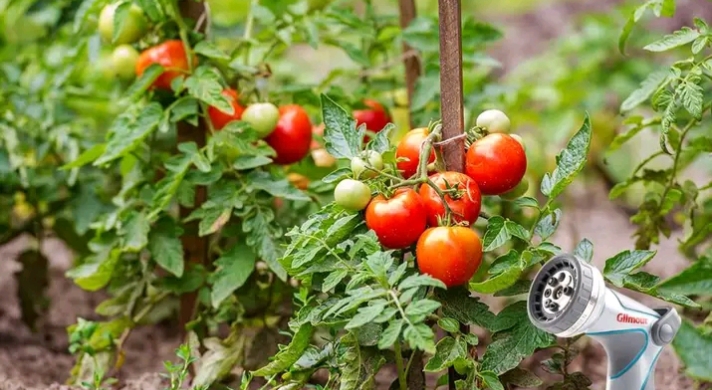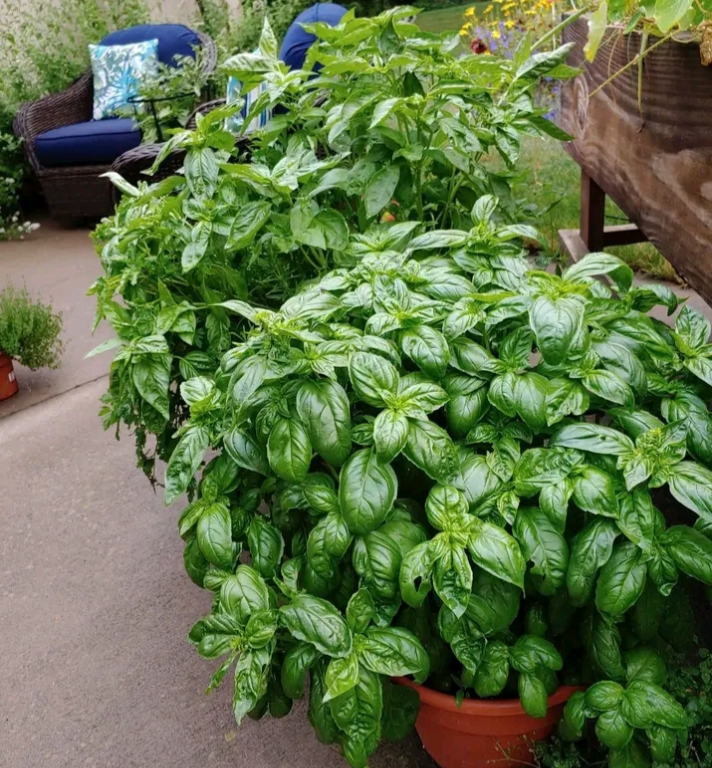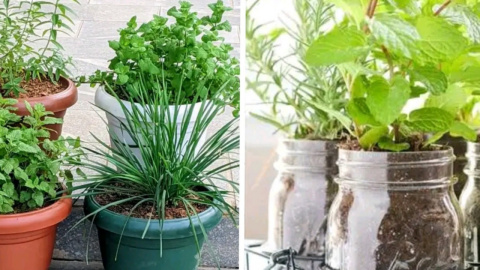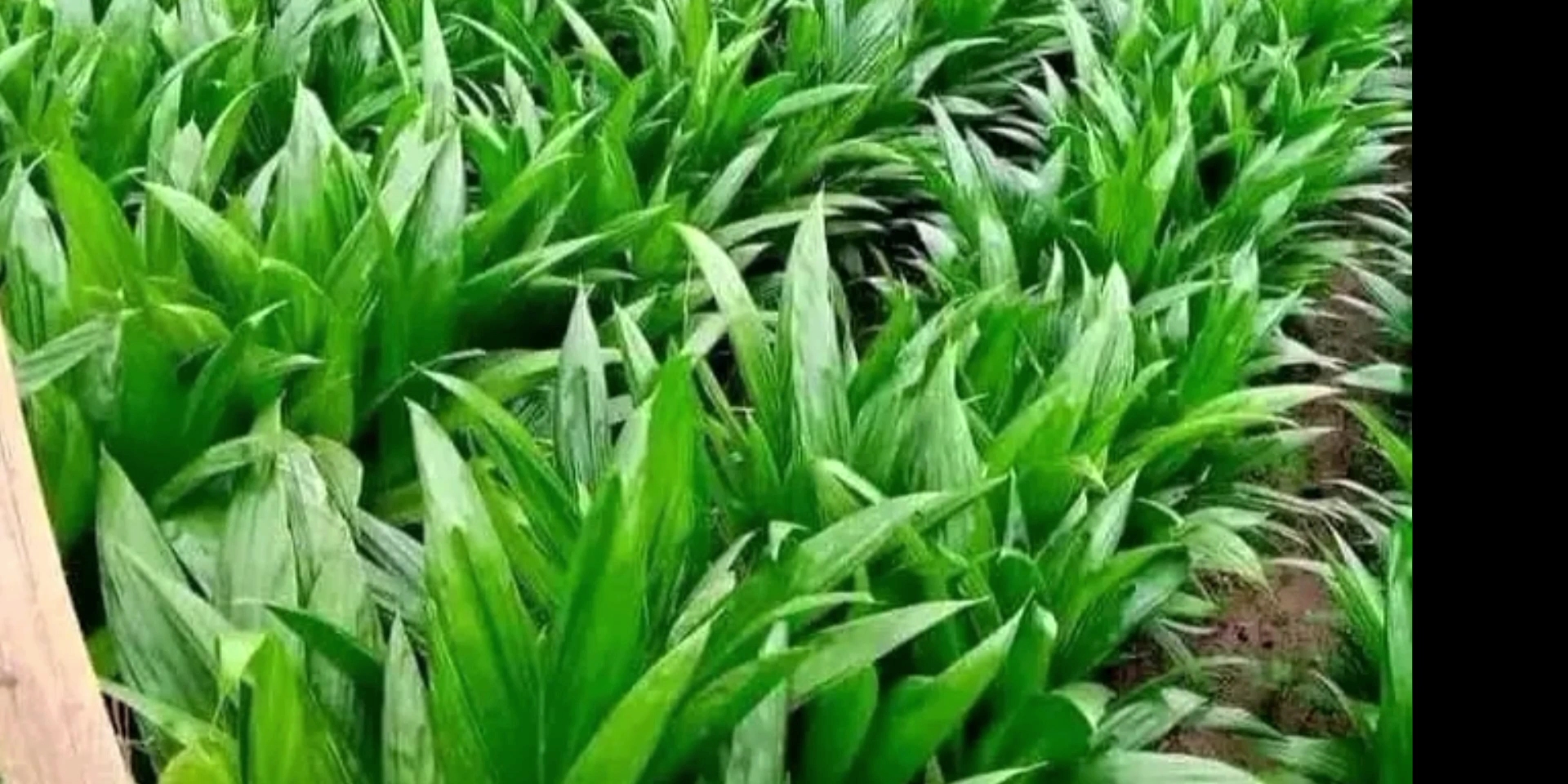Essential Farm Equipment and Their Uses on Farm
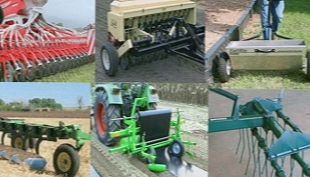
Farming can be done adequately with ease if farrm equipmets are involve. Modern farmers have a variety of equipments utilized for their farm operations. Farm equipment ranges from high-tech combine harvesters to simple tractor.
New farmers, in particular, may ask what the various types of farming machinery are used for. It might be difficult to determine the sorts of agricultural farm equipment required to make your operations more efficient on small and medium-sized farms.
While all of the equipment available may appear complicated, understanding the fundamental agricultural equipment alternatives may be quite beneficial for small, medium, and large-scale farming operations.
Farming Vehicles and Their Uses on Farm
Vehicles are the most vital sort of farm equipment and the most expensive to purchase. While trucks are frequently used in farming, there are a number of different farm-specific vehicles.
Tractors
The tractor is common in the farming sector and comes in a variety of sizes to suit any farming operations. The basic function of a tractor is to pull farm equipment, although contemporary tractors may be supplied with a variety of attachments to meet almost any farming requirement. As a result, tractors are sensible investments for both small and large-scale farms.
Tractors are classified into numerous kinds, which include the following:
a. Compact tractors: they are compact, powerful tractors that can help with all of the fundamental tasks required on a farm or at home. They are suitable for material handling and operating in confined locations where regular tractors would not fit.
b. Wheeled tractors are all-purpose tractors that allow you to get the most out of your equipment. These utility tractors may satisfy a variety of needs and are equipped for tilling, material handling, and equipment dragging.
Wheeled tractors available in a variety of horsepower, lifting capacity, control, and cab-style configurations, allowing you to select the finest solution for your needs.
c. Track tractors are farming equipment equipped with tracks rather than tires, allowing them to plow fields with greater force while giving a more comfortable ride for the operator.
d. Specialty crop tractors include characteristics that make them ideal for use in orchards and vineyards. These slim tractors can fit more readily between rows of trees and vines while still delivering the power required for landscaping and upkeep.
Combines and Forage Harvesters
Combines are primarily used for rice and grass seed production, but they may also be utilized for other agricultural uses. Even small-scale farmers can profit greatly from utilizing a combine or forage harvester.
These gigantic machines employ a complicated system of gears, blades, belts, and wheels to convert cereal harvests into grain. Combines achieve this through three main processes:
a. Reaping which is the process of cutting the plant using the combine header, reel, and cutter bar. The header collects the crops, and the reel drives them toward the cutter bar, which slices them at the base.
Threshing which is the process of separating the crop’s edible and non-edible portions. The threshing drum strikes the chopped crops to separate the grains from their stalks. Threshers are also available as standalone attachments for use with tractors. Some threshers come with baggers, while others use conveyors to release grains.
Winnowing which is the process of separating light chaff from grain, which is normally done while the grain is in the threshing drum. Sieves are commonly used to filter chaff from grain.
There is an extensive selection of combines and combine accessories to satisfy the demands of each farm. Many modern combines may even track yield data, indicating which portions of the field performed well and which did not, allowing these concerns to be corrected the following year.
ATV, RTV, & UTV
All-terrain vehicles (ATVs or four-wheelers) and utility vehicles (UTVs) are becoming more widespread on farms of all sizes. These smaller vehicles can traverse tough terrain more efficiently than most road vehicles and faster than a standard tractor.
These vehicles may also accommodate a variety of accessories, such as compact trailers, spreaders, and mowers.
Tractor Attachments
Tractor attachments are connected to tractors or hauled behind them to provide additional functionality. They have a wide range of applications, including soil management and seeding. The many types of agricultural machinery attachments are listed below.
PLOWS
A plow is a huge tractor attachment that pulls behind the tractor and uses long blades to carve furrows in the soil. This action not only loosens and rotates the soil, but it also helps to destroy any unwanted surface plants. Plowing is an important initial step in preparing the soil for planting.
There are three distinct types of plows. Each plow type is appropriate for a given soil type, soil condition, and crop kind. Here’s an overview of the three most frequent types of plows:
a. Moldboard plows have wing-shaped blades that are particularly intended to cut and churn the soil. This is an appropriate plow for shallow but thorough soil turning, which is frequently required for land that has not been utilized for agricultural production in several years.
b. Disc plows are made up of rows of discs that work together to churn the soil and remove weeds. These are less popular than moldboard plows because they are less successful in turning soil, however disc plows may be more beneficial for sticky or rocky soils.
c. Chisel plows have very long shanks. These shanks churn the soil to a depth of one foot or more. This is frequently required for land that has been exploited for continuous agricultural cultivation.
HARROWS
Harrows are attachment that breaks down soil clumps, level the soil surface, and disperse crop and weed leftovers to help new plants thrive. Harrows may also be used after spreading manure and fertilizer to break up clumps and distribute the fertilizer more evenly.
Some typical types of harrows are:
a. Spring harrow. These attachments employ flexible iron teeth arranged in rows to remove and stir the dirt.
b. Roller harrows are use to crush soil and prepare it for sowing seed.
c. Chain harrows resemble chain nets with spiky attachments. These are rolled across the ground’s surface to aerate and disperse dirt and fertilizer.
d. Disc harrows are a more contemporary variant of spring harrows that use rows of huge discs to break up dirt and weeds after plowing.
Multiple varieties of harrows are frequently employed for various purposes and may be utilized several times during the soil preparation process. Harrows, depending on their size and complexity, can be drawn by tractors or ATV.
More modern harrows require a tractor, however they sometimes combine the advantages of many types of harrows into one. Some harrows can be linked to another implement, saving time and money by reducing the number of passes through the field. They may also be used to break up manure and provide smooth riding conditions.
FERTILIZER SPREADER
Fertilizer spreaders do what the name implies: they distribute fertilizer across a field. Some are operated independently others require a tractor-powered fertilizer spread to distribute evenly.
Fertilizer spreaders come in a variety of styles, with the primary difference being the type of fertilizer utilized. Here are some of the most prevalent varieties of tractor-mounted fertilizer spreaders:
a. The broadcast spreader is the most popular fertilizer spreader, and it uses gravity to disseminate fertilizer.
b. Manure spreaders collect solid manure from cattle and disperse it across a field. This is a simple approach to successfully use manure, albeit solid manure may need to be ran over with a harrow to break it up and integrate it into the soil.
c. Slurry spreader: Liquid manure spreaders, also known as slurry spreaders, sprinkle a slurry of liquid manure across a field.
SEEDERS
Seeders are meant to swiftly and efficiently distribute seeds across wide areas of land. Small farms can employ modest mechanical seeders or use hand-seeding methods, large-scale farms can use tractor-pulled seeders. Seeders are of different types
a. Broadcast seeders, also known as seeders or rotary spreaders, come in a variety of sizes. These seeders function by putting seeds into a hopper. A plate spins within the hopper, allowing seeds to be dispersed over the field. While this strategy is excellent for planting cover crops and grasses, it is not suitable for garden crops that require more order, such as being set out in rows.
b. Air seeders are enormous machines that use compressed air to spray seeds into the ground. Because of the way they function, air seeders are only useful for tiny, spherical seeds, despite their great effectiveness.
c. Box drill seeders are the primary seeder for most agricultural operations because to its ease of use and compatibility with a wide range of seed varieties. These attachments drill into the earth and deposit seeds at preset depths.
d. Planters: Planters are the most precise seeders, but they are the most costly. Planters are made up of multiple blades and wheels, which are topped with seedboxes that store the planted seeds. The planter operates by cutting into the ground, dropping individual seeds, and then sealing the earth behind them in fast succession.
Seeders, like other attachments, have varying prices depending on their size, kind, and condition. Some seeders can even seed, fertilize, and disperse salt all at the same time, depending on your application requirements.
BALERS
Balers are vital for collecting hay, straw, and corn stalks. These tractor attachments gather the materials and wrap them into more manageable bales. Here are the three types of hay balers:
a. Round balers compress hay into round forms before wrapping it in twine or netting.
b. Square balers load hay, straw, or stalks into compactors, which pack and compress the material into a square form. Once the baler has enough material, it binds it with two pieces of twine or wire and puts it in a certain location.
Square balers are available in a number of sizes to accommodate a wide range of uses. Square balers may connect bales with wire, twine, or both, and you can use a bale mower attachment to arrange bales on your wagon.
.
c. Large square balers: Large square balers are similar to conventional square balers but can handle substantially higher loads for industrial farms. Smaller farms, unless they handle hundreds of acres, should use round or square balers.
Other Tractor Attachments
While the attachments mentioned above are the most popular tractor attachments purchased, numerous more tractor attachments are widely utilized in farming and related industries. Some of these many sorts of farming machinery attachments are:
Sprayer attachments: this may be used to apply insecticides, fertilizers, and other chemicals across wide regions. These are essential for any farming company that manages big acreages.
Mowers: Mowers are meant for large piece of land. Various mower models satisfy a wide range of farm demands, from grass maintenance to harvesting. The type of mower you need for your application will be determined by the size of your land and you may need various attachments to cover different regions.
Transplanters: Tractor-pulled transplanters simplify transplanting by transporting vast amounts of developing plants, excavating holes, and placing them all using technology. Even small farms may profit from transplanters, which save human effort and speed up planting procedures.
Cultivators are used for soil cultivation, particularly weed management. These are used for shallow tilling and are commonly seen in modest farming operations.
Rakes: If you make hay on your farm, you’ll need raking accessories for your tractor. Pull-behind attachments are offered in a variety of rake styles, including wheel, parallel-bar, rotary, and belt.
Back Home Tractor Attachment: If your application requires you to dig holes on a regular basis, you will need it. It can dig up to ten feet.
Front-end loader attachments: it is quite useful on small to medium-sized farms. While not suitable for all tractors, these attachments are capable of digging, moving, lifting big or bulky things, and performing land-grading operations
Wagons and Trailers
Farm carts and trailers are essential for every activity. Wagons and trailers are available in a broad range of sizes and materials, and they may be used for a number of reasons, including:
a. Harvesting: Wagons and trailers may transport hay bales and other harvested items from one agricultural location to another.
b. Material handling: Wagons are frequently used to transport vast amounts of commodities, such as fertilizers and feed, across considerable distances.
c. Equipment transportation: Trailers are frequently used to transport farm equipment, smaller cars, and accessories.
Tractor wagons and trailers vary greatly in size, and many farmers may require many varieties to accomplish all of the varied tasks involved in daily agricultural operations.
Orchad Cab
Orchard Cabs provide great protection and comfort to your personnel regardless of the conditions. These cabs are meant to eliminate distractions and tiredness while increasing productivity and precision.
Guardian and Sutter Butte both offer excellent orchard cabs that can be installed on most existing tractors. They also make it easier to operate on uneven terrain because to their greater traction and stability.
Orchard cabs are a great tractor accessory that will make your work environment safer and more productive, gives maximum visibility to ensure efficient and safe work, provides air conditioning for comfort,
.
It is essential to note that not all farms require all of these farm equipment, small-scale farms require fewer types of agricultural equipment than large-scale farms, and the demand for specialized equipment varies according to the local environment and farming methods utilized.

